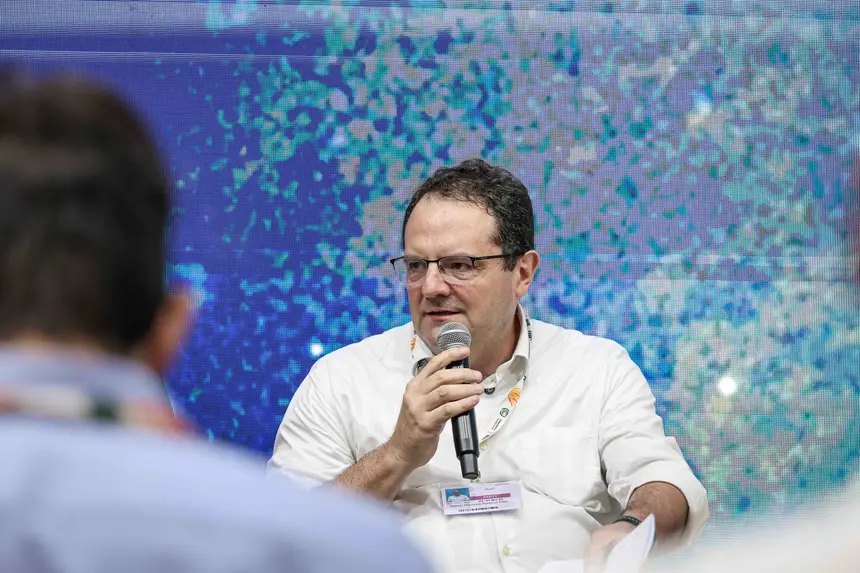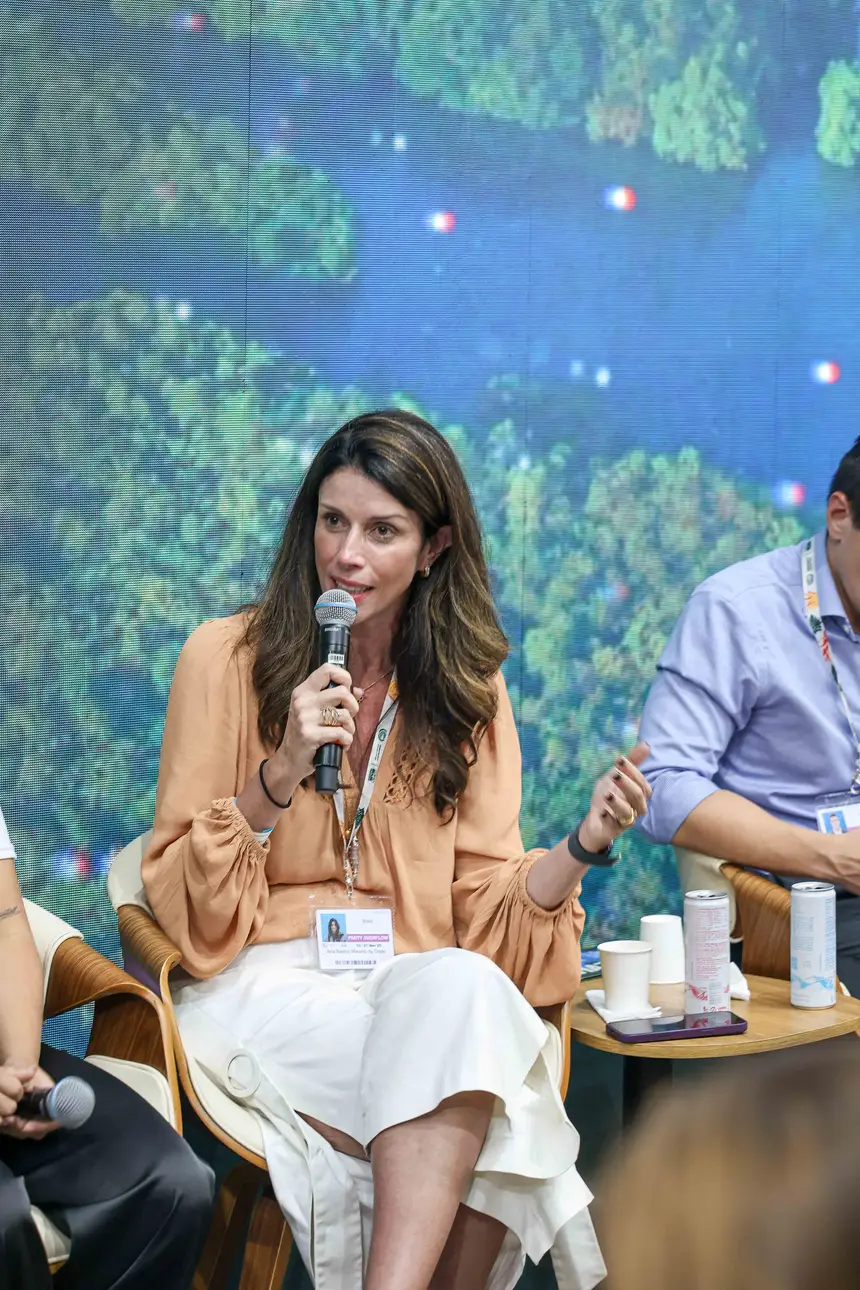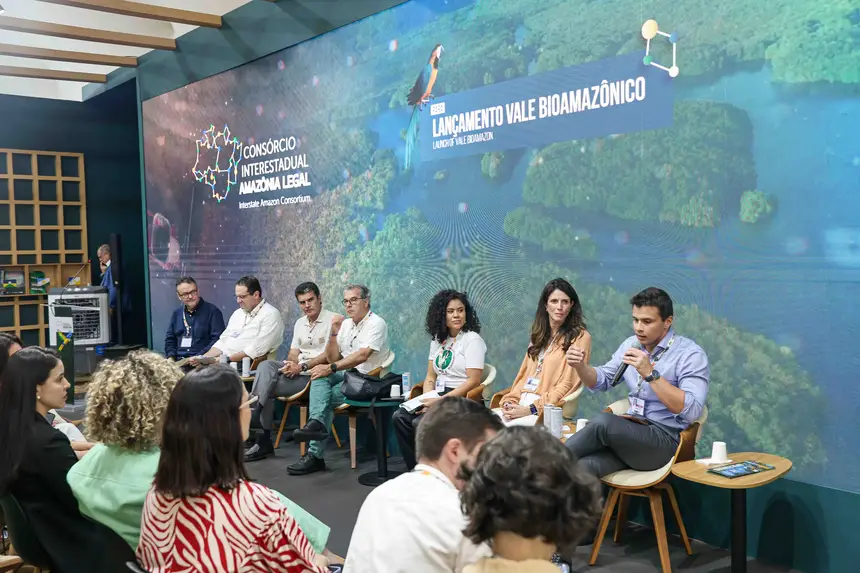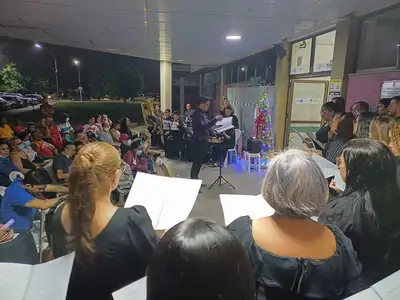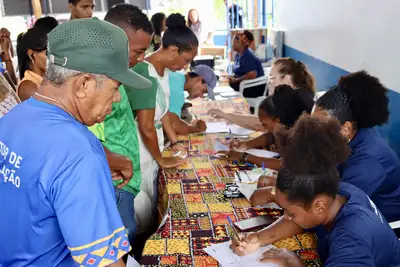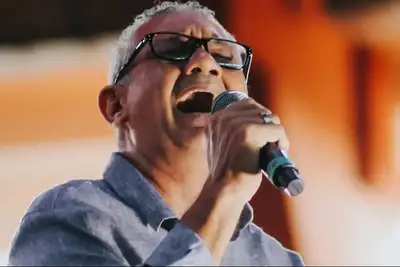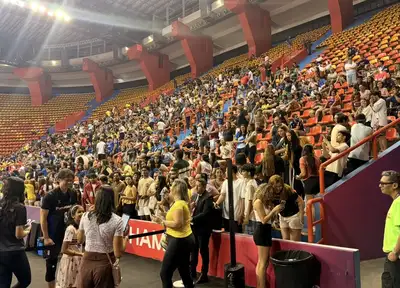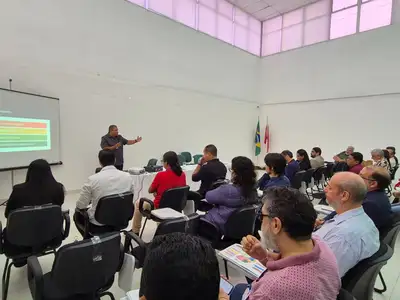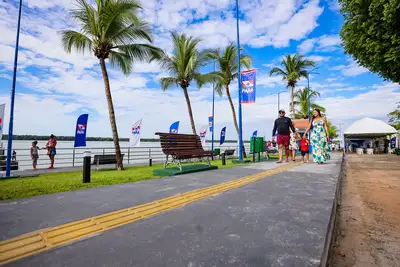Governor of Pará, Helder Barbalho, officially launches the Bioamazon Valley during COP30 in Belém
Initiative consolidates a new economic matrix based on bioeconomy, science, and the appreciation of the living forest
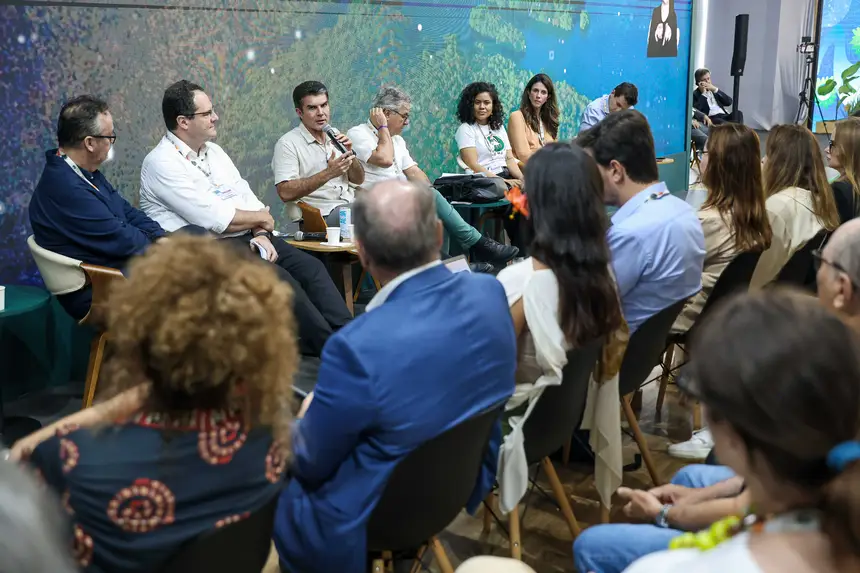
The governor of Pará, Helder Barbalho, officially launched the Bioamazon Valley on Monday (10), during an event at the pavilion of the Legal Amazon Consortium, in the Blue Zone of the 30th United Nations Conference on Climate Change (COP30) in Belém. The initiative was presented as the consolidation of a new economic matrix for the state, structured around bioeconomy, science, and the appreciation of the living forest, with results already materialized in the Amazon Bioeconomy Park.
In practice, the Bioamazon Valley is structured as an innovation ecosystem that integrates equipment and policies already underway in Pará, such as the Amazon Bioeconomy and Innovation Park, the Amazons Museum, and the Guamá Science and Technology Park (PCT). The project also encompasses strategies to encourage research, vocational and technological education, and the articulation between government, universities, and companies, focusing on biotechnology, social inclusion, and the so-called "new economy of the forest."
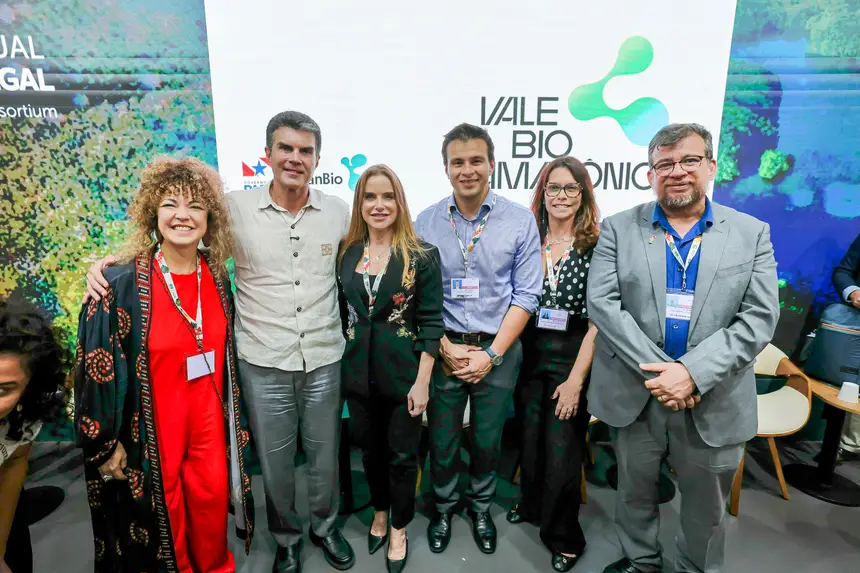
The launch was attended by Ana Costa, Vice President of Sustainability, Reputation, and Government at Natura; Jorge Vianna, President of ApexBrasil; Letícia Moraes, Vice President of the National Council of Extractive Populations; Raul Protázio Romão, Secretary of Environment, Climate, and Sustainability of Pará; and Nelson Barbosa, Director of Planning and Institutional Relations of the National Bank for Economic and Social Development (BNDES). The session was moderated by Beto Veríssimo, coordinator of the Amazon 2030 initiative.
Sustainability, innovation, and Amazonian leadership
When presenting the initiative, Helder Barbalho emphasized that the state shows concrete results. "We made the decision to start taking things off the paper and turn them into reality. Anyone who wants to know what the Bioamazon Valley is can go to the Amazon Bioeconomy Park, which is not an idea, not a pamphlet, not a concept: it is a reality," he stated.
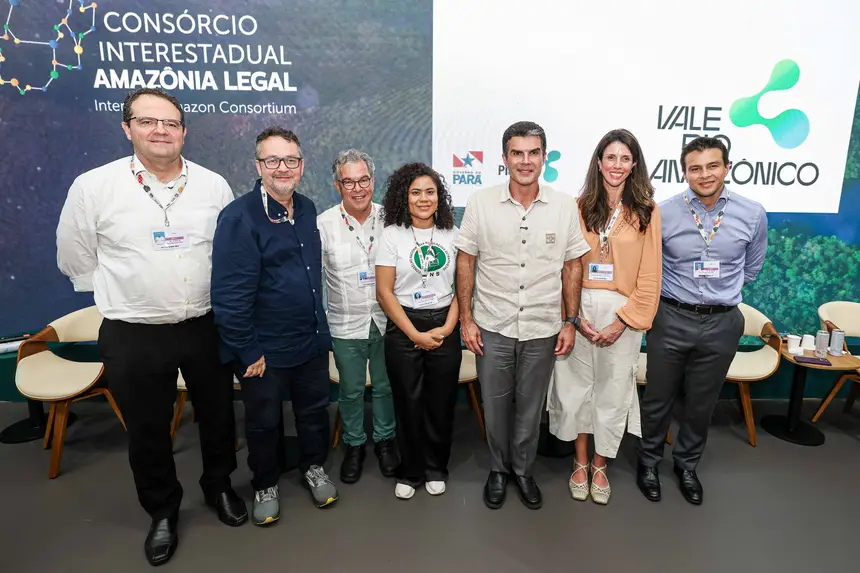
The governor also reinforced the connection between the climate agenda, technological innovation, and Amazonian leadership. "If you have Silicon Valley, we have the Bioamazon Valley: it will be the molecules, the roots, the plants that will transform our reality here. Our great chance has come to show that the Amazon is not just an untouched sanctuary, but a territory of people, knowledge, and innovation that can lead the bioeconomy of the planet," he added.
Bioeconomy as a development engine
The Secretary of Environment, Climate, and Sustainability of Pará, Raul Protázio Romão, highlighted that the climate emergency requires rapid and structuring responses, with bioeconomy at the center of this transformation. "The signal is very clear that we need to act very quickly, and this action involves a new way of generating wealth. Pará, under the leadership of Governor Helder, chose to invest in bioeconomy with a pioneering state plan, strengthening the regulatory framework, opening paths with public investment, and creating conditions for private capital to enter at scale, in an inclusive bioeconomy that improves the lives of those living in the Amazon," he stated.
Representing Natura, Ana Costa recalled that the company chose the Amazon as the heart of its business 25 years ago and advocated for the integration of climate, nature, and people. "Natura innovated by establishing here a park of economy based on natural solutions when this topic was still little mentioned. It is essential to bring to the same table climate, nature, and those who live in the forest, using bioeconomy to generate prosperity and income, because there is nothing more innovative than the knowledge that arises from these territories," she said.
The president of ApexBrasil, Jorge Vianna, related the economic history of the region to the challenge of building a new economy of the forest. "Belém was once the largest commercial center in Brazil during the rubber cycle when the Amazon's economy depended directly on the forest. When the Amazon returns to live off the forest, we will have found the right path: this is what we call bioeconomy, a forest asset that needs to be converted into concrete opportunities, more exports compatible with the forest, and a new phase for the 30 million inhabitants of the region," he stated.
Meanwhile, the Director of Planning and Institutional Relations of BNDES, Nelson Barbosa, emphasized that biodiversity has become a central criterion in financing policies, opening a strategic front for the region. "There will be increasing demand to measure, verify, and stimulate biodiversity, and those who can do this best are those who live in the Amazon. This creates a huge business opportunity in science, technology, and services, and BNDES wants to support the companies that will settle in the Bioamazon Valley, with innovation lines, equity participation, and funds aimed at bioeconomy, especially for small and medium enterprises," he explained.
At the end of the agenda, Helder Barbalho reiterated that the goal of the Government of Pará is to transform the state into the great valley of bioeconomy, articulating public policies, investments, and partnerships so that the wealth of biodiversity translates into development, income, and well-being for the Amazonian population.


